What makes good skincare? This may seem like a simple question, yet it’s a question that continues to attract so much debate. With so many companies and self-proclaimed experts making so many contradictory claims on what works best to keep our skin clean and healthy, it can be difficult to sort out the sound advice from the nonsensical fads.
To help you develop your own effective skincare regimen, we consulted real experts from two legitimate players in the beauty and grooming industry. They weighed in on the true meaning of clean beauty, which items they consider most essential for proper skincare, and how we can tell whether a skincare routine actually works.
Meet the experts
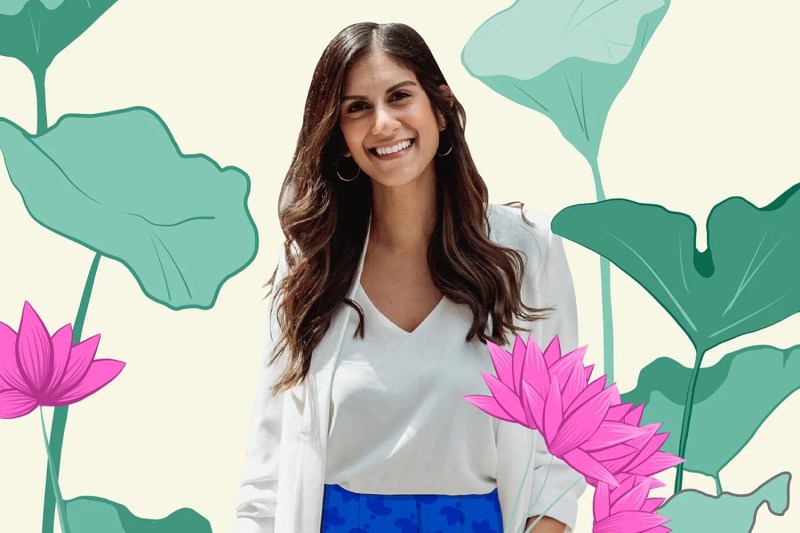
We recently had the opportunity to speak with Rooshy Roy, the founder and CEO of Aavrani. Roy built her company on the foundation of her grandmother’s traditional Indian recipes and beauty rituals. As the stress of her (then) finance career began to take a toll on her, Roy began to reconnect with her cultural roots and rediscover the power of her grandmother’s recipes and rituals. Aavrani is Roy’s way of sharing the wonder of Indian beauty rituals with a larger audience, and Aavrani’s products are specially formulated to help people of all ages and backgrounds look and feel their best.
We also got to speak with Lawrence Johnson and Fabian Prado, two of the co-founders of Pure for Men. What started as a personal exploration on how to maintain good hygiene while “entering personal sexual revolutions as gay men” turned into a larger mission when they decided to share their special vegan fiber formula with the larger LGBTQ+ community. What started as a simple vegan fiber pill has grown exponentially in the past decade, into a comprehensive wellness company that offers the finest natural supplements and “clean beauty” grooming products that people of all sexual orientations and gender identities and expressions can feel proud using.
The questions and answers below were lightly and carefully edited for clarity, and they’re derived from longer conversations.
Interview with Aavrani’s Rooshy Roy, and with Pure for Men’s Lawrence Johnson and Fabian Prado
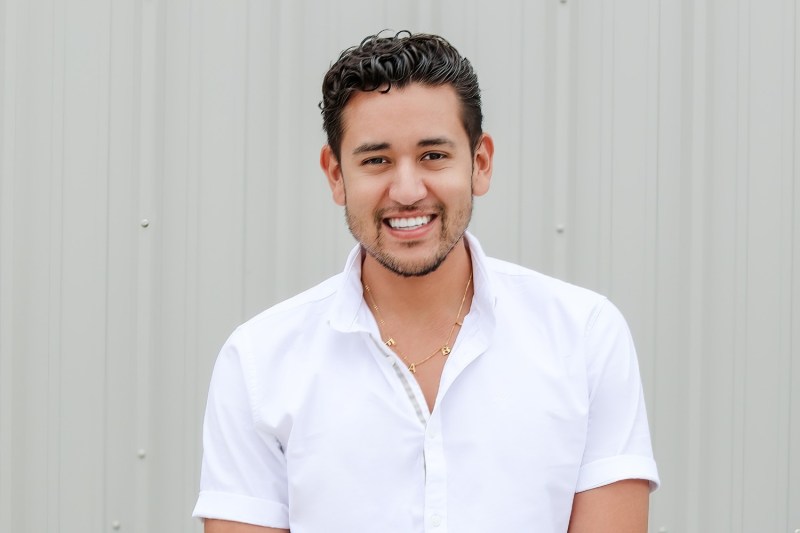
The Manual: How can you tell if your skin routine is working?
Rooshy Roy: Skincare products typically need three to six weeks to get a better sense of whether a product is working for you. No product will transform your skin with one or two or three uses. It’s really about the consistency of use.
I recommend taking a little more time to allow a new product to become compatible with your skin. Otherwise, it’s doing a disservice to that investment. Also, I recommend integrating new products one at a time. If you’re thinking about starting with our turmeric mask, for example, do that in isolation — not our mask, plus someone else’s face oil, plus another brand’s serum. That makes it really challenging to understand where either positive or negative outcomes are coming from.
Fabian Prado: When it comes to skincare and body care, it’s all about the cleansing aspect of the body bar. When you use it, it should get rid of any odors. If you try the bum balm for at least a couple of days, you’ll start to notice that the areas down there stay fresher for longer. It helps to maintain cleanliness.
(Author’s Note: Pure for Men’s travel kit includes the body bar, the bum balm, and the body scrub.)
None of our products are pharmaceutical grade. They’re all meant for the general upkeep and maintenance of your skin. If you have oily skin, the normal to oily skin care line will help. I tend to have oilier skin, and I can tell the difference when I use our products. We always test and use the products ourselves before they reach the shelves. We never want to get a product into customers’ hands if we don’t believe in the product.
The Manual: It’s easy for customers to feel dazed and confused amidst all the hype that emanates from certain beauty brands that promise “amazing results in no time!” What’s a more realistic baseline of what we should expect from our skincare products?
Rooshy Roy: That’s definitely something I remember seeing in ads for other beauty products: “Overnight transformation!” or “miracles in a jar!” and “ageless beauty!”… and all these things that are so unrealistic. We as consumers have become accustomed to this messaging to the point that our expectations are adjusted to thinking that any of that is even possible.
If it sounds like it’s too good to be true, it probably is. Unless there’s a surgical component or some very harsh ingredients involved, no skincare product will produce dramatic results overnight. For my brand, we have an ethos of more consistency and a more holistic approach to beauty.
It’s not just about the product we’re using, but also a lot of the choices we make every day that affect how we look and feel. If we’re applying a great skincare routine but we’re eating poorly and we’re not sleeping well, it’s going to dramatically affect how we appear to the world. No one product or routine will get us everything we want out of beauty.
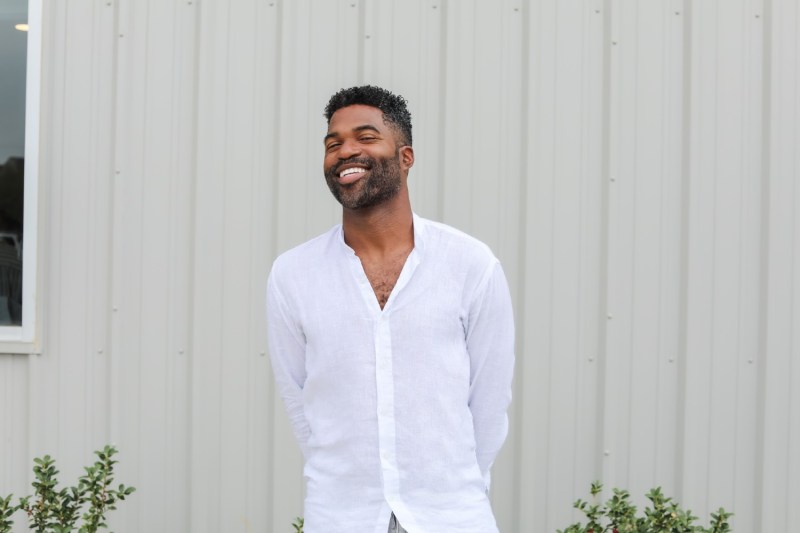
Lawrence Johnson: Everybody is different. It’s hard to make a blanket statement or claim that promises an ideal that some customers can’t attain for different reasons. However, the vast majority of customers can expect a clean experience.
We don’t play with refunds. If a customer calls us and explains their unsatisfactory experience, we’ll give them their money back. We won’t fight or argue with them.
Our repeat customer rate has always been between 60 and 75 percent. That’s a conservative estimate. We feel confident about every claim we make.
The Manual: Which items do you consider most essential to someone’s skincare regimen?
Rooshy Roy: Some form of cleanser or mask, and a moisturizer. You can supplement these with a serum and an eye treatment that can elevate the routine. In terms of the bare minimum, I would definitely recommend having at least a cleanser and a moisturizer.
The Manual: How closely should we look at the ingredient lists of our skincare products? Which ingredients do you consider the most necessary?
Rooshy Roy: It’s really about the ingredients at or near the top of the list. These are the predominant ingredients of the formula. I would actually advise against being overly scrutinizing of the ingredient list. A lot of ingredients that are natural or are naturally derived, such as aloe, must be printed with their scientific names — scientific terms that may not be familiar to the average consumer. That can lead to mistaken assumptions, “Oh, that must be a dangerous chemical!”
Do you trust the brand and the mission of the brand? Do they avoid unnecessary additives, like synthetic fragrances? I’m not a fan of fear-mongering. Rather, I’m convinced that if an ingredient doesn’t need to be there, why even take that risk?
Fabian Prado: The Vitamin C serum is such a critical product for me. If I just reach for any typical store-bought product, I might break out and look dry. Our serum is simply made, yet it has great ingredients, so I don’t have to worry about if it’s something that’s super scary, if it’s something that will dry my skin out, or if it’s something that will do more harm than good.
For the body bar, it’s definitely charcoal, because it helps eliminate any excess oil. For the bum balm, it’s nice that there’s no alcohol. Alcohol can have a very drying effect on skin, yet a lot of lotions have alcohol. The coconut, the spearmint, and the clove all help in preventing the buildup of bacteria that cause odor, and the bum balm leaves a nice scent that’s usually associated with cleanliness.
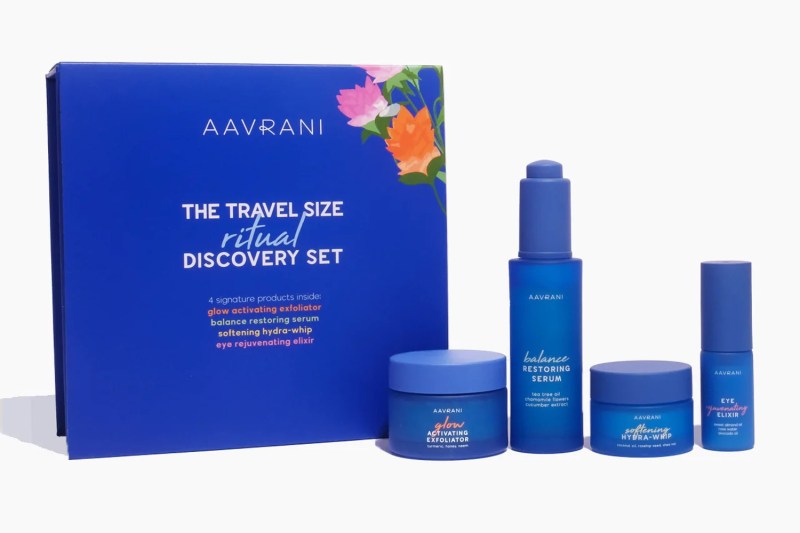
The Manual: How do you define “clean beauty”?
Rooshy Roy: It’s become such a catchphrase because we as a society have become more knowledgeable about certain ingredients that we’re better off avoiding. “Clean beauty” has become, by definition, based upon what is not in our products versus what is in it. Nothing should be defined by what it’s not, and this is where I disagree with that “clean beauty” mythology that’s been perpetuated.
I think true “clean beauty” is an authentic approach that starts from the bottom up. It’s an intentional process of adding ingredient by ingredient on the basis of how it will benefit your skin. This is the paradigm of ayurveda and the wisdom that’s been passed down over generations: Take each ingredient, and create a treatment that’s beneficial for you. We’re taking that traditionally hand-crafted treatment and turning that into a shelf-stable format.
Fabian Prado: Everything is made with food-grade ingredients. You can taste the bum balm, and you’ll be fine. It’s made with ingredients that you can find at your local grocery store. It’s about the simplicity of the ingredients at its basis.
The Manual: Do men require their own unique beauty and grooming products?
Rooshy Roy: I don’t see a need for different products. It’s largely marketing: The voice, the look, and the packaging may be designed to target men or women. It’s really about how customers will use the products.
A man with a beard may not want to put a face mask over his beard, but he can still definitely benefit from the face mask over the rest of his skin. They can definitely modify how they use the product, but the formulae themselves don’t have to differ over gender.
Fabian Prado: Men typically have oilier skin. They’ll use our body bar to strip away excess oil, and they’ll be fine. The scent is also important: We often use scents from ingredients like spearmint and clove. These scents are historically considered more “masculine”, so that’s important for our community.
For many gay men, we can be hyper-sensitive about how we look. We want to use the best products to look our best. We developed our products to help exfoliate skin, create better cleanliness, and develop better-looking skin. We originally developed our products “by men for men”, and we want people to enjoy our products so they want to use them on a regular basis.
Lawrence Johnson: When we began developing Pure for Her, we had people in the trans community reach out. We had a company that was built by gay men develop products for gay men, but we had folks from the trans community reach out because they also wanted products that work for them. They didn’t feel seen or represented, so we came out with Pure for Her.
We had female customers complain about our supplements, “These feel like horse pills!” For the average cisgender male, our original Stay Ready pills are no big deal. But for customers with other body types, they needed smaller pills. With Pure for Her, we were able to deliver smaller capsules with the same high-quality results.
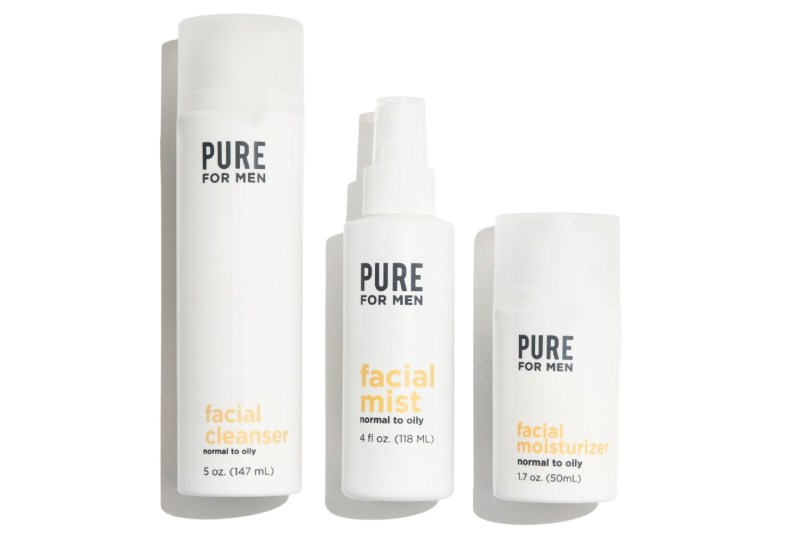
The Manual: Which products are your favorites, and which products do you use the most often?
Rooshy Roy: My favorite right now is the purifying oil cleanser, because it removes your makeup and cleanses your skin in one step. I previously had to go through three steps: a face wash, a facial wipe, then micellar water. It was really cool to leverage Ayurvedic wisdom to create a product that actually elevates my facial cleanse while fitting into my modern lifestyle.
The turmeric mask is my absolute favorite, and it will probably always be my go-to favorite. Turmeric is an absolute icon in India: It’s integrated into our beauty rituals, our religious ceremonies, our wedding ceremonies, and more. It’s part of our heritage, and this is one of our few products that does have a bit of an immediate effect. I notice my skin feeling calm, my skin tone looking even, and my skin feeling radiant after I wash my face.
Another favorite of mine is the balance-restoring serum. It’s very cooling, it’s very calming, and it’s very versatile. Whether you have oily skin or dry skin, it’s such a game-changer. Oftentimes when people look for a moisturizer, I recommend the serum over swapping out their moisturizer because the serum actually strengthens the moisture barrier, which allows the moisturizer to retain hydration in your skin for longer.
Fabian Prado: Definitely, the bum balm! The scent is amazing. I don’t just use it on my bum. I use it anywhere that’s dry.
When I work out, my hands develop calluses. The bum balm helps to smooth them out. I can also get dry feet, so the bum balm helps with that.
Final thoughts
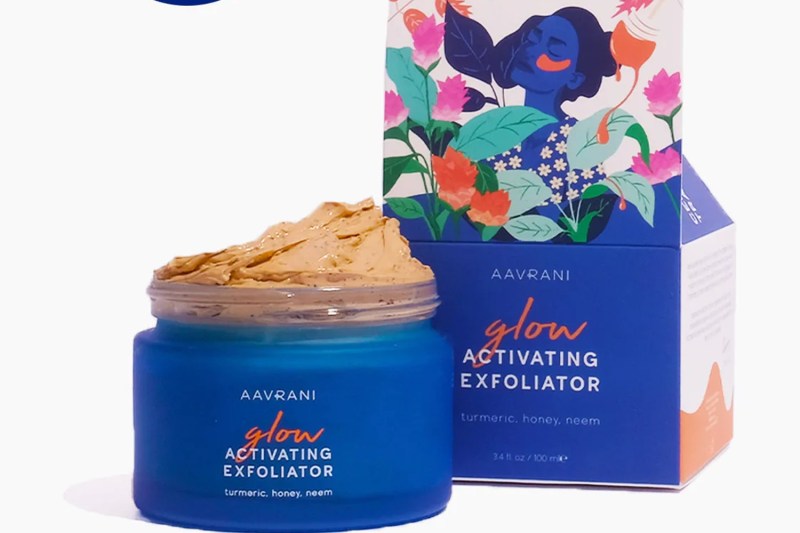
Our experts may not agree on absolutely everything, but they do agree that it’s critical for you to take good care of yourself, and that it’s important for you to learn how to develop a skincare regimen that works best for you. Don’t feel intimidated when you see ads for grooming and beauty products featuring models with fair complexion, zero wrinkles, and “perfect” washboard abs. It’s perfectly fine for you to take better care of your skin in order to reach our own grooming and wellness goals, rather than any preconceived notion of “the perfect man” based on other companies’ advertising.
Beauty and grooming aren’t always the easiest space to navigate, but we’re always happy to help you make sense of it all, and we’re happy to help you figure out how you’d like to change your grooming routine. For more helpful advice, feel free to check out our list of the five best hair oils, the 14 best body lotions for dry skin, the 13 best facial moisturizers, and the best facial cleansers to stay fresh. Wherever and however you decide to start (or restart) your skincare journey, we’re glad you’ve let us come along for the ride.



